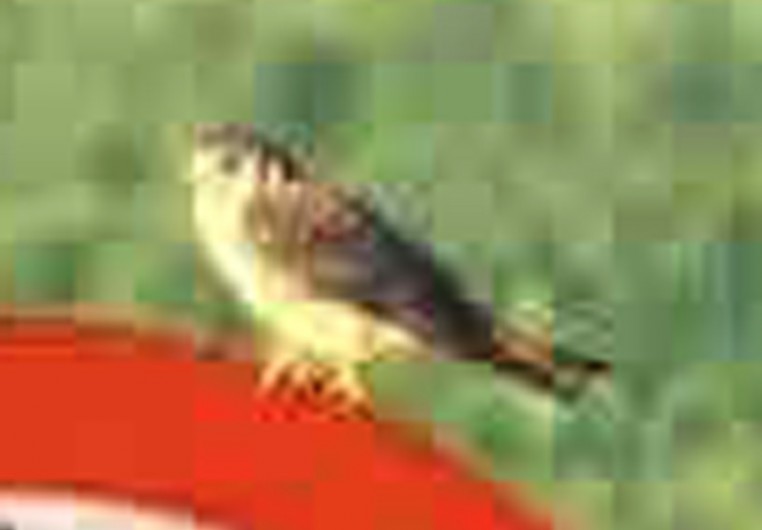Biodiversity
 American kestrel
Falco sparverius | Linnaeus, 1758
American kestrel
Falco sparverius | Linnaeus, 1758

Characterization: Small to medium-sized species measuring about 25cm in length. This is one of the smallest falcons, unmistakable for the characteristic pattern it bears on its head - two vertical lateral stripes and two black nuchal stains. The male has a uniform, rusty tail and back, with gray wings and tail feathers with a broad black stripe and a white tip; the female has rusty wings and backs stained black and tail with countless black stripes.
Distribution: From Northern Alaska to Tierra del Fuego and throughout Brazil, except in forests.
Habitat: Countryside and desert-like regions.
Habits: A diurnal species, this bird often perches on poles, telephone wires, and occasionally on screens.
Diet: Carnivorous, feeding on lizards and large insects such as grasshoppers; it sometimes also catches mice and small snakes and, at twilight, tries to capture bats.
Breeding: This bird lays 2-3 eggs in tree hollows, holes made by woodpeckers, holes on ravines, and even in termite mounds.
In the UFRA area: This bird species had a restricted spatial distribution in the UFRA areas. It was found only in the sugarcane fields and in the drainage ditches. It is considered rare because it was only spotted 3 times.



